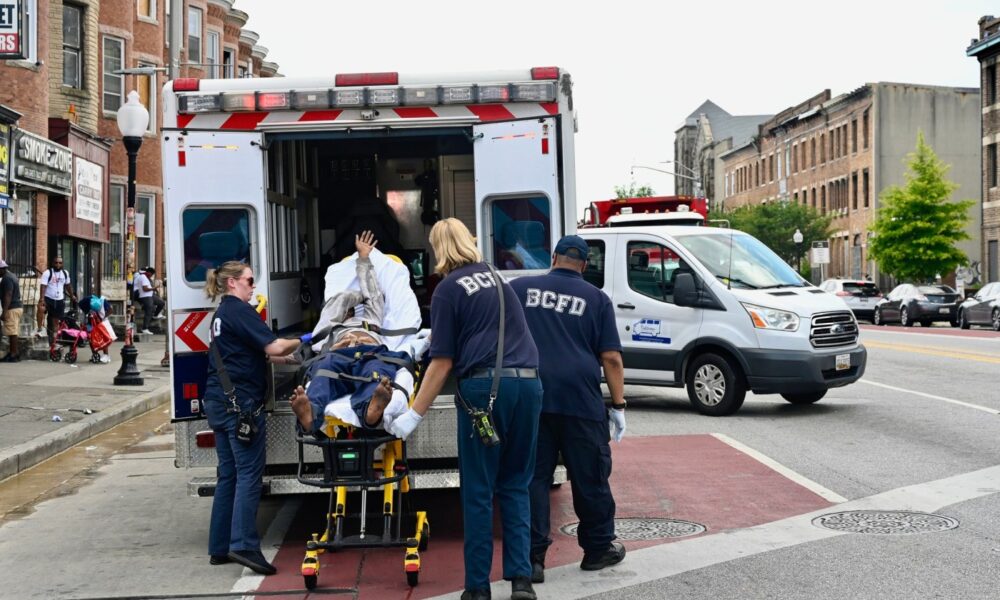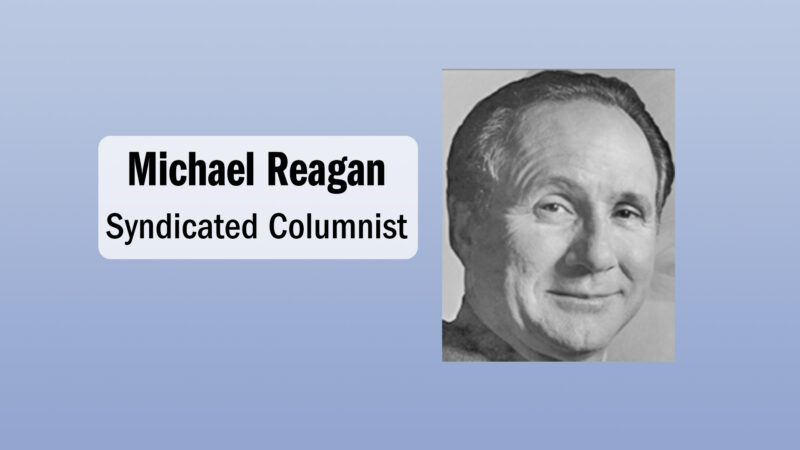UPDATE: Baltimore’s Penn North neighborhood is in crisis as three mass overdose incidents involving approximately 45 individuals have occurred since July. Despite this alarming surge, newly released data reveals that only a mere four drug-related citations have been issued in the area, raising urgent questions about law enforcement’s response.
Records from the Baltimore City State’s Attorney’s Office indicate that since the end of July, just four out of 32 citywide citations for controlled dangerous substances (CDS) offenses were written in the Penn North ZIP code (21217). This includes one citation from the Baltimore Police Department and three from the Maryland Transit Administration. The stark contrast between the number of overdoses and the limited enforcement actions is fueling growing frustration among residents and officials alike.
Baltimore City State’s Attorney Ivan Bates expressed disappointment, stating, “It’s sad that only four drug-related citations were written in Penn North since late July. That just tells me that so much more needs to be done.” He emphasized that issuing citations for drug use can be a crucial step toward connecting individuals with treatment options that do not impose financial burdens.
In a bid to address the issue, Spotlight on Maryland reached out to Baltimore Mayor Brandon Scott and City Councilman James Torrence, who oversees the Penn North district. While Scott did not respond, Torrence disagreed with Bates, arguing that “addiction is a public health crisis, not a criminal one.” He added, “While court intervention may help some individuals, a citation alone doesn’t equal treatment; we need a system that connects people to care before they ever encounter law enforcement.”
In response to concerns, BPD spokesperson Lindsey Eldridge stated that officers are utilizing citations as just one of many tools, with many offenses often resolved through verbal warnings. She noted, “BPD remains focused on addressing open-air drug markets across the city,” citing that 1,016 felony drug arrests and 672 misdemeanor arrests have been made so far in 2025, marking increases of 12% and 22% respectively from last year.
However, residents report that a police presence does not always translate into effective enforcement. Bates shared, “We were at a community meeting where residents were complaining that police were sitting in their car,” urging officers to engage more actively with the community. Eldridge countered, asserting that BPD has conducted nearly 5,000 foot patrols and 9,600 business checks in the Penn North area this year.
Data from the State’s Attorney’s Office reveals a consistent pattern of low citations. From January to mid-July, only 33 drug citations were issued citywide, with just one coming from Penn North. The recent data shows that between July and October, only one drug-related citation was written in the same neighborhood.
Bates insisted that while he is not advocating for quotas, officers must act whenever they witness open drug use. “Daily, you can see drugs being used and sold in our city. Police should write citations because we need to direct these individuals to drug treatment. That’s super important,” he said.
As the situation unfolds, residents and officials alike are calling for immediate action and a reevaluation of current enforcement strategies in Baltimore’s Penn North neighborhood. The community’s urgent plea for effective solutions highlights the need for a comprehensive approach to tackle the ongoing public health crisis linked to drug addiction.
Stay tuned for further updates as this story develops.







